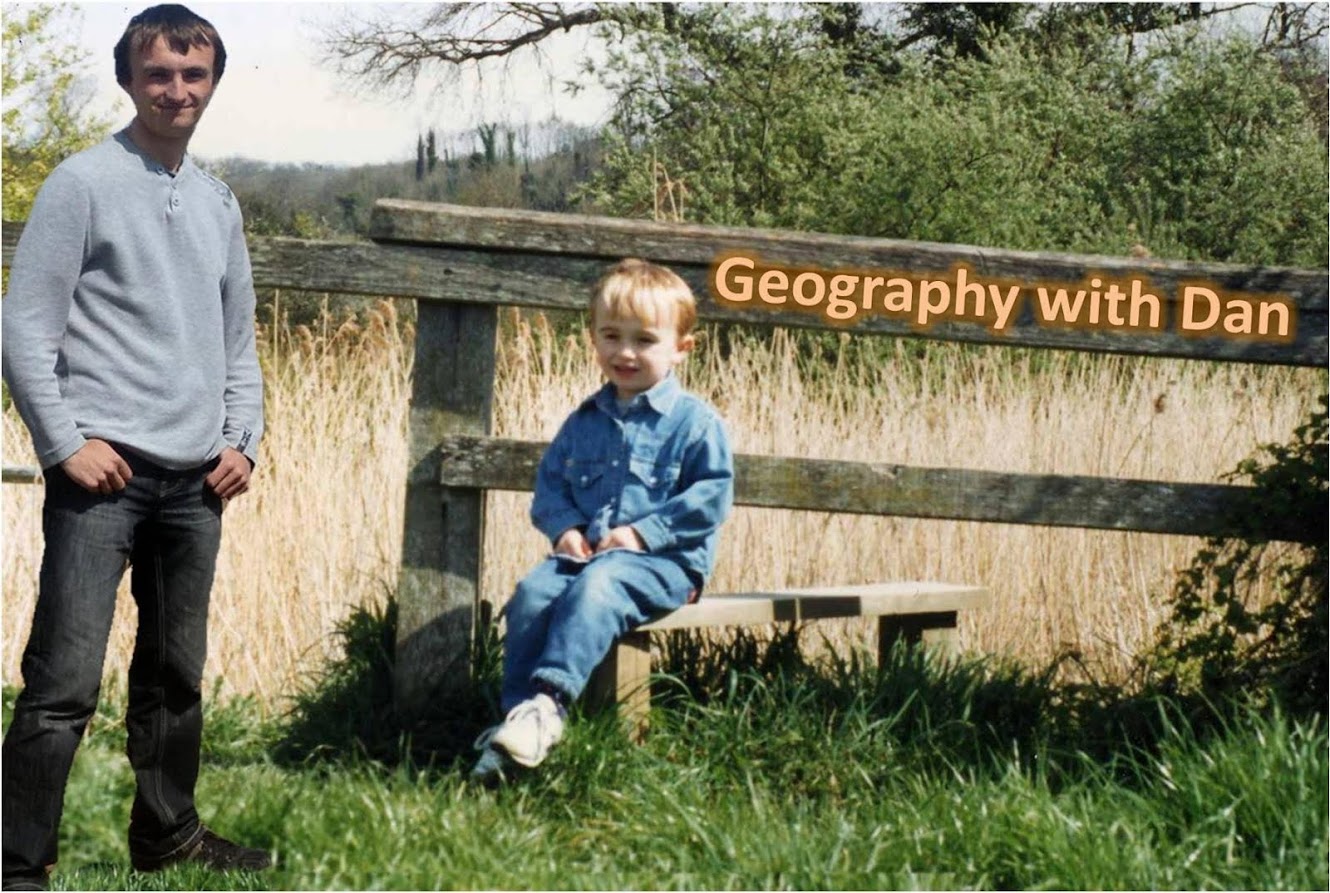As one more piece of chocolate slowly melts away and slides down the gullet, you're flicking through the holiday catalogues in search for a perfect summer location, but it's unlikely you'll find even a mention of Easter Island. After all, it's been described as "one of the most isolated places in the world". 2600 miles east of Polynesia, and 2300 miles west of Chile, it's a mere freckle in the Pacific, and only 63 square miles in area itself. It's geological history, it being a volcanic outcrop, makes it one of the remote pockets on the planet.
Remote, yes, but not uninhabited. Settlers arrived around 400 AD, and colonists grew to about 7000. "They parcelled the island into small territories and ultimately turned on one another in the drawn-out paroxysms of societal and environmental collapse" as my National Geographic reports from March 1993. And yet, although they charred their mark upon the landscape, the island shaped their souls.
Make a visit today, and a fraction of this quintessential primitive lifestyle is still observable. Local knowledge and community culture has only enhanced as a result of the isolation from both occident and orient societies, and what's more, Easter Island evokes great speculation due to the impressiveness of its archaeological sites.
But why 'Easter' Island? Does it hold religious significance? Well, no. As you peel the foil off another egg on this Easter Sunday, consider that the Europeans founded this small island on this day in 1722. Recently, a wave of modernisation has taken place. A surge of amenities that have brought 640 hotels and 530 motor vehicles. Telephones have been introduced as well as the fax machine. Having said this, the present day community of 2800 live in a concentrated region, in Honga Roa on the South West Coast. Since 1965, in particular, a large transformation has been introduced, induced somewhat by a young school-teacher's open letter of protest to the Chilean government about living conditions on the island. The protest led to the end of military rule, giving Easter Island the civil status it perhaps needed. Two years later, an air service made a base on the island and the tourist industry started to grow.
One of the sights many fly thousands of miles to espy upon are the 'Moai'. Artisans carved the Moai centuries ago from volcanic rock at a quarry a mile away, using stone tools. These figures range between 4 and 33 feet and weigh up to 80 tons; they embellish the island's primal atmosphere, and give the island a sense of human resilience and ingenuity. Others suggest the contrary and some advise that Easter Island is a "cautionary parable"; a society destroying itself by wrecking it's environment.
Pulitzer Prize Winner, Jared Diamond, presents this island as "the clearest example of a society that destroyed itself by over-exploiting its own resources and a worst-case scenario for what may lie ahead of us in our own future." She goes on to say that the "Moai accelerated its self destruction" calling them "power displays where people competed by building the biggest statues."
"Modern day islanders confront a fresh challenge:
exploiting their cultural legacy without wrecking it."
In my own opinion, and I can't possibly speak from experience, but from understanding nonetheless, the lives of the islanders, both past and present, is a testament that there is still strength, despite the confines of the island. They sustain an ingenuity to exploit natural resources, realising circumstances may indeed change. They are unique, in a way. For once, here's an island where inhabitants know who they are, where they live, and what their role is in society.
In my own opinion, and I can't possibly speak from experience, but from understanding nonetheless, the lives of the islanders, both past and present, is a testament that there is still strength, despite the confines of the island. They sustain an ingenuity to exploit natural resources, realising circumstances may indeed change. They are unique, in a way. For once, here's an island where inhabitants know who they are, where they live, and what their role is in society.




















